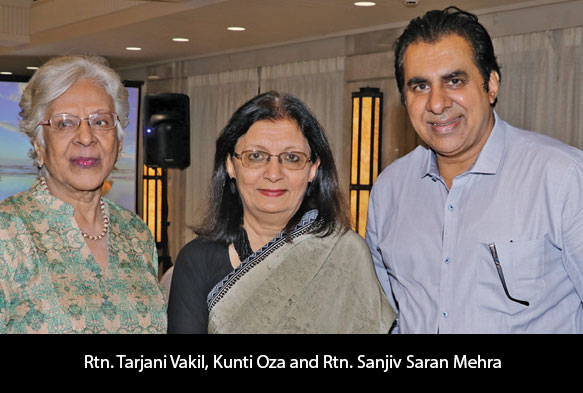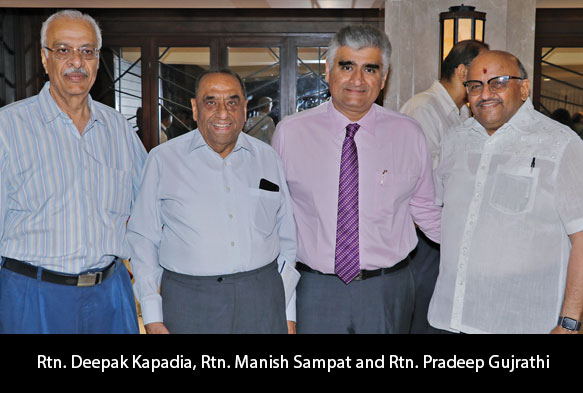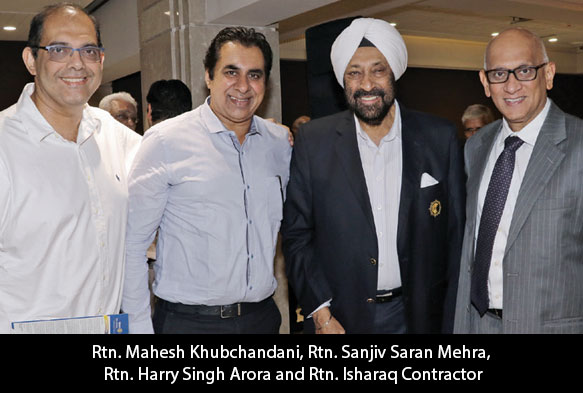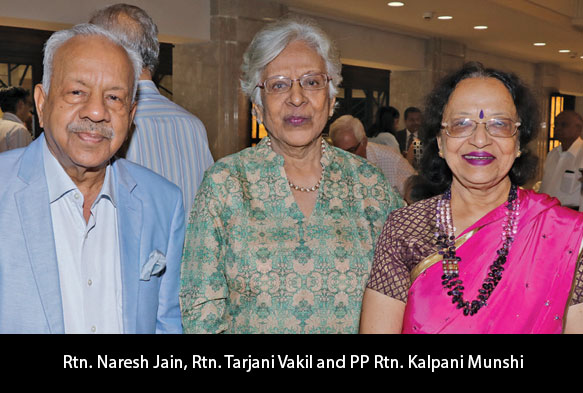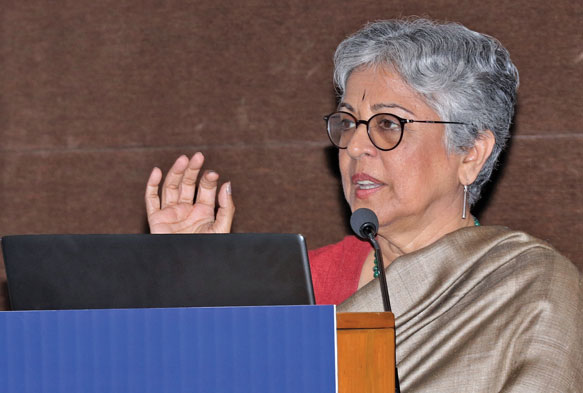
Guardians of the city
The onus to have a conscience falls upon architects, to do what is right for the environment around them
Architect Brinda Somaya’s name stands at the forefront of leaders from her profession who work in synergy with the environment. Her philosophy – the architect’s role is that of a guardian, the conscience of the built and unbuilt environment – explains her approach to projects taken up by her. Somaya has worked in all kinds of landscapes and all levels of man-made development, from tribal and rural areas to urban ones.
Her talk to the Rotary Club of Bombay was started off with her work in Mumbai’s Fort area in general and Bombay House
in particular. Somaya quoted sociologist Jane Jacobs, explaining the survival of the city as meaning one which was walk-able, had pavements and public places with a balance of old and new architecture; in addition, commercial diversity was required too. She took RCB members on a visual treat of her works in the Fort area which is replete with British-era structures.
Somaya has worked on the restoration of various heritage structures in Fort: TCS house, Yacht Club, Rajabai Tower, St
Thomas Cathedral and Kodak House among them.
She said, “Sustainable is not to have a glass box and then air-condition it”.
Her recent restoration of Bombay House, head office of the Tata Group, was a fascinating journey, she said. It was designed by Scottish architect George Wittet which had not been restored in its 94 years. Presently, it houses four offices – those of Tata Power, Tata Steel, Tata Chemicals and Tata Sons.
Somaya restored Bombay House from scratch as no work had been done on it and as it was a working office, completion of the project was a race against time. The entire project was completed within seven months including the conceptual planning stage.
The rigorous discipline she applied in selecting the renovation of each floor resulted in each floor having its own
importance. Somaya said that it was amusing to see how the technology had taken over everything. For example, the
entire conference room was controlled and functioned with a single tablet. The windows were changed with the approval of Heritage Committee in order to reduce noise pollution from outside.
Aesthetically pleasing lounges were created to help young employees interact among themselves as well as the elder generations. Each floor showed the idea or belief of the employees in the company. One important feature of this
restoration was that the interiors were all decorated by Indian artworks and by Indian craftsmen which maintained the
Indian heritage of the building.
Her guiding inspiration was the words of Jamsetji Tata himself: “What advances a nation or community is not so much
to prop up its weakest and the most helpless members, as to lift the best and most gifted so as to make them of the
greatest service to the country.”

